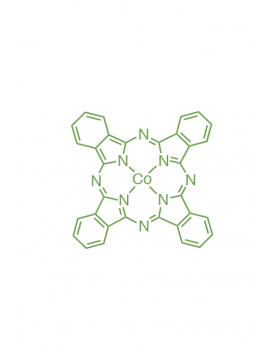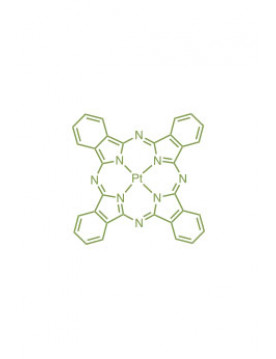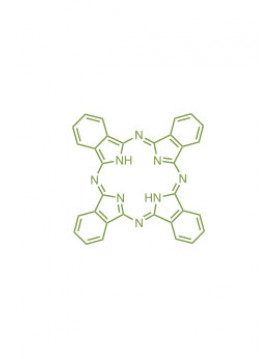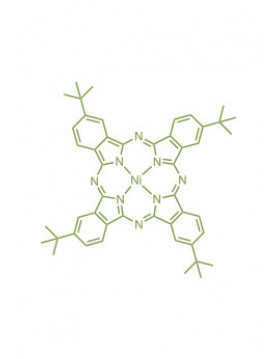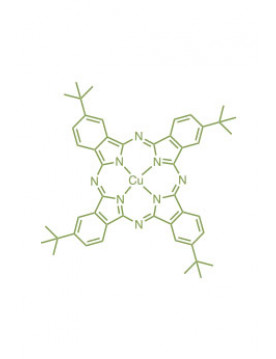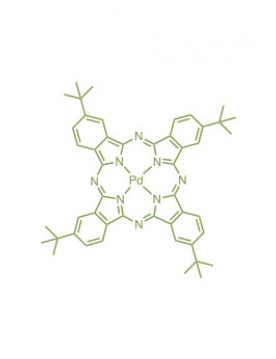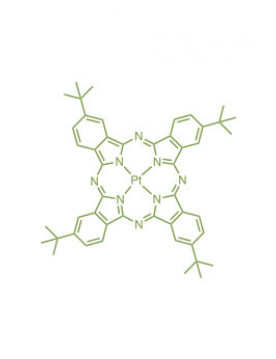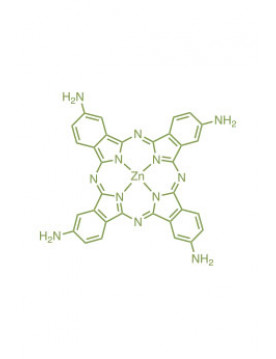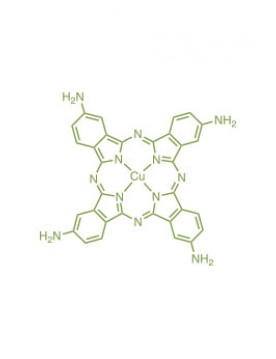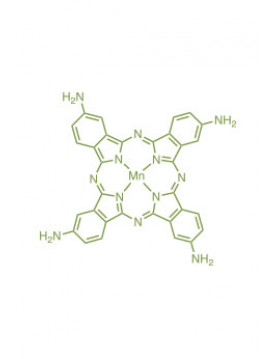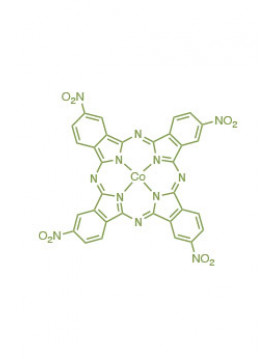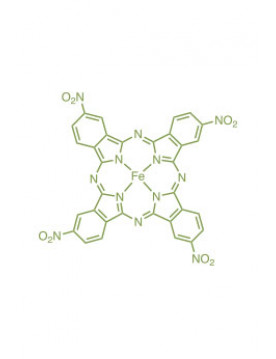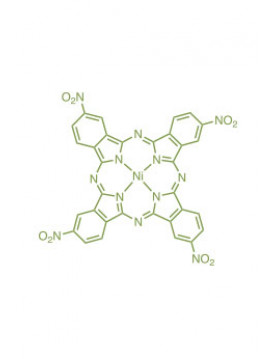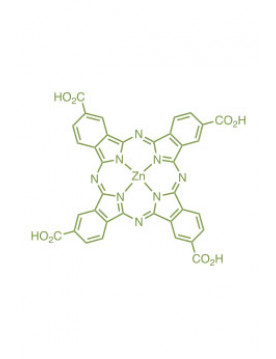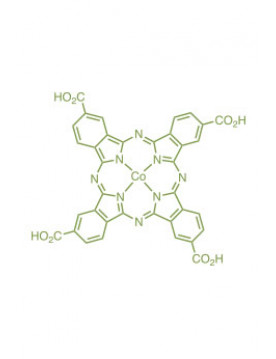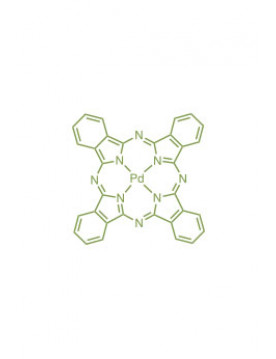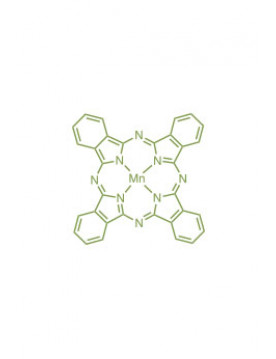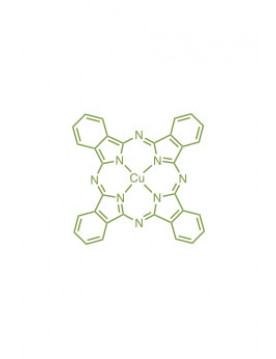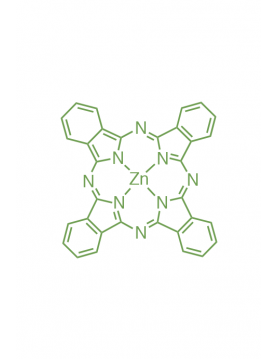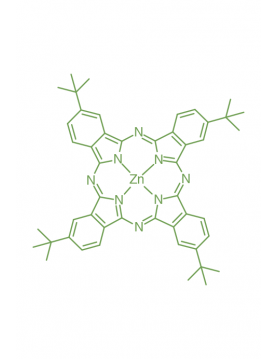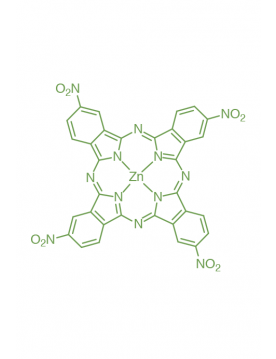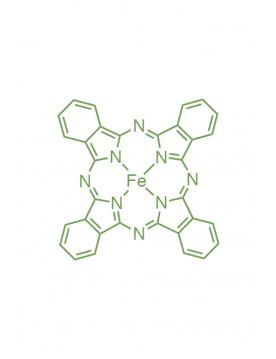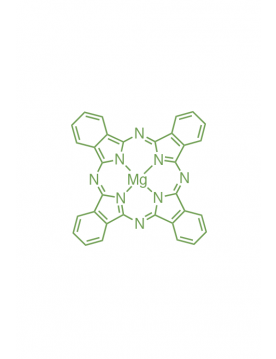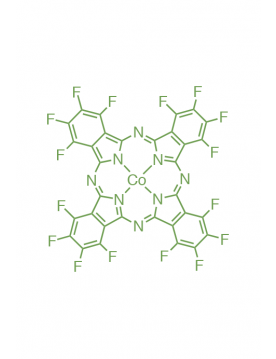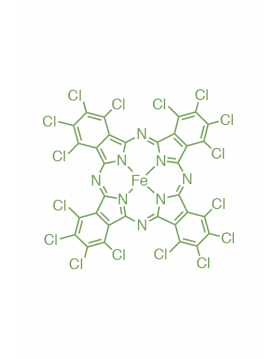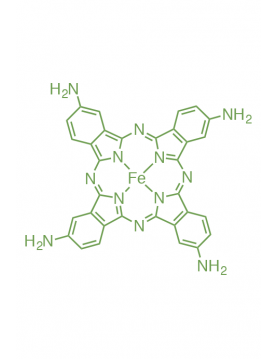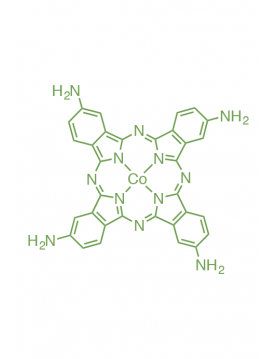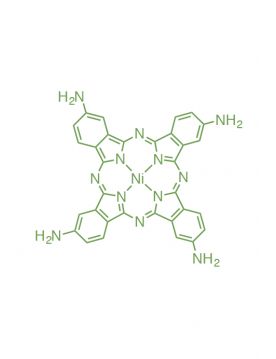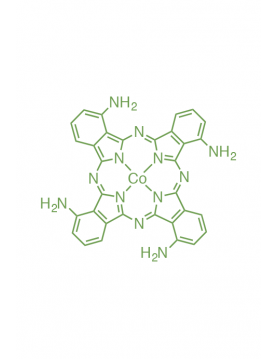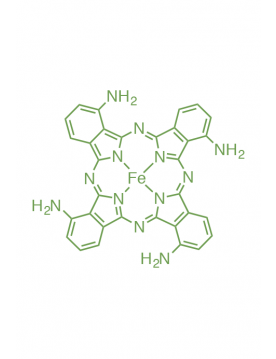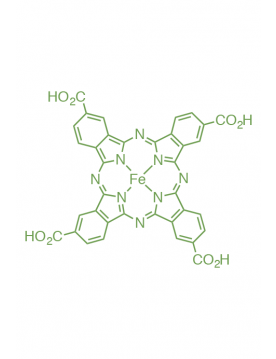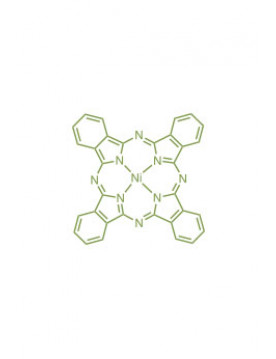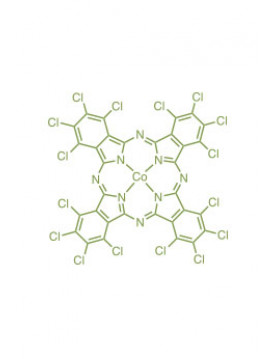Phthalocyanines
-
-
-
-
Catalog No. 150CAS : 39001-63-3Molecular Formula : C48H48N8Ni
-
Catalog No. 151CAS : 39001-64-4Molecular Formula : C48H48CuN8
-
Catalog No. 152CAS : 39105-86-7Molecular Formula : C48H48N8Pd
-
Catalog No. 153CAS : 53640-50-9Molecular Formula : C48H48N8Pt
-
Catalog No. 154CAS : 84097-37-0Molecular Formula : C32H20N12Zn
-
Catalog No. 155CAS : 14654-63-8Molecular Formula : C32H20CuN12
-
Catalog No. 156CAS : 313705-83-8Molecular Formula : C32H20MnN12
-
Catalog No. 157CAS : 27680-28-0Molecular Formula : C32H12CoN12O8
-
Catalog No. 158CAS : 27680-30-4Molecular Formula : C32H12FeN12O8
-
Catalog No. 159CAS : 27680-29-1Molecular Formula : C32H12N12NiO8
-
Catalog No. 160CAS : Not AssignedMolecular Formula : C36H16N8O8Zn
-
Catalog No. 161CAS : Not AssignedMolecular Formula : C36H16CoN8O8
-
-
-
-
-
Catalog No. 069CAS : 39001-65-5Molecular Formula : C48H48N8Zn
-
Catalog No. 068CAS : 100043-01-4Molecular Formula : C32H12N12O8Zn
-
-
-
Catalog No. 096CAS : 52629-20-6Molecular Formula : C32CoF16N8
-
Catalog No. 097CAS : 50662-67-4Molecular Formula : C32Cl16FeN8
-
Catalog No. 098CAS : 95100-27-9Molecular Formula : C32H20FeN12
-
Catalog No. 099CAS : 203860-42-8Molecular Formula : C32H20CoN12
-
Catalog No. 100CAS : 27680-33-7Molecular Formula : C32H20N12Ni
-
Catalog No. 101CAS : 77135-78-5Molecular Formula : C32H20CoN12
-
Catalog No. 102CAS : Not AssignedMolecular Formula : C32H20FeN12
-
Catalog No. 103CAS : Not AssignedMolecular Formula : C36H16FeN8O8
-
-
Catalog No. 162CAS : 27679-39-6Molecular Formula : C32Cl16CoN8
Phthalocyanines
Phthalocyanines : characteristics, applications and more
Phthalocyanines are chemical compounds used as pigments in several industries. They provide intense color, high chemical stability, and resistance to degradation. Phthalocyanines are also used as photosensitive materials and catalysts in fields such as solar energy and chemistry. In summary, they are versatile compounds with multiple applications.
Structure and properties
Phthalocyanines belong to the family of azo pigments. They are macrocycles composed of a central carbon, nitrogen, and hydrogen-based core, surrounded by phenyl and/or phthalimide functional groups. Phthalocyanines are widely used as dyes and pigments due to their chemical stability, intense coloring properties, and resistance to degradation caused by light and chemical reactions. They also provide an excellent solubility in common solvents such as benzene and sulfuric acid.
Phthalocyanines' structure makes them essential assets. They have high symmetry and a planar structure, which facilitates their interaction with other molecules and surfaces. Their central ring containing nitrogen atoms provides good electrical conductivity and high stability. Moreover, phthalocyanines can form complexes with different transition metals, altering their optical and chemical properties.
Applications
Phthalocyanines are particularly used in the ink, printing, paint, coating, plastic, textile, and cosmetic industries. They are also used in photography, electronics, optics, and other fields where high-quality and durable pigments are needed. In addition to their use as pigments, phthalocyanines also have interesting properties as photosensitive materials, catalysts, and in scientific research.
- Photodynamic Therapy (PDT)
One of the most significant uses of phthalocyanines is in photodynamic therapy (PDT). In this field, phthalocyanines are used as photosensitizers. They are administered to the patient intravenously and accumulate in cancer cells. Once activated by a specific light source, phthalocyanines produce singlet oxygen that selectively damages tumor cells, allowing for their destruction.
- Photovoltaics and optoelectronics
Phthalocyanines are also used in the field of photovoltaics and optoelectronics. They are used as active materials in organic solar cells and in the production of organic light-emitting diodes (OLEDs) due to their ability to efficiently convert electricity into light.
- Catalysis
In catalysis, phthalocyanines are used to promote certain chemical reactions. Their planar structure and ability to coordinate transition metals make them effective catalysts for reactions such as oxygen reduction, oxidation of organic compounds, polymerization, and other important chemical reactions.
- Scientific research
Phthalocyanines also play an essential role in scientific research. Their unique structure and properties make them compounds of interest for studying supramolecular chemistry, spectroscopy, and electrochemistry. Researchers are continuously exploring new applications and functionalities of phthalocyanines in various fields, such as nanotechnology, biology, and functional materials.
Purchasing phthalocyanines
Phthalocyanines can be purchased from suppliers specializing in chemicals and laboratory materials. These suppliers offer a variety of phthalocyanine derivatives tailored to specific user needs. It is important to choose a trusted supplier known for the quality of their products. When purchasing phthalocyanines, it is recommended to check the purity and specifications of the product to ensure its suitability for the intended uses.


